Growing Popularity of Home Cooking
The Smokeless Indoor Grill Market is benefiting from the growing popularity of home cooking, which has been amplified by various lifestyle changes. As more individuals embrace cooking at home, there is a corresponding increase in the demand for appliances that simplify the cooking process. Smokeless indoor grills offer a convenient solution for preparing grilled meals indoors, appealing to both novice and experienced cooks. Market analysis indicates that the home cooking trend is likely to persist, with a significant portion of consumers investing in kitchen appliances that enhance their culinary experiences. This shift towards home cooking not only supports the growth of the Smokeless Indoor Grill Market but also encourages innovation in product design and functionality, catering to the diverse needs of home chefs.
Increased Focus on Healthy Cooking
The Smokeless Indoor Grill Market is witnessing a surge in interest due to the increased focus on healthy cooking practices. Consumers are becoming more health-conscious, seeking cooking methods that allow for the preparation of nutritious meals without excessive fats or oils. Smokeless indoor grills facilitate this by providing a means to grill food while minimizing smoke and fat content. Market data suggests that products emphasizing health benefits are gaining popularity, with a significant percentage of consumers willing to pay a premium for appliances that promote healthier cooking. This trend is likely to continue, as the demand for healthier lifestyle choices remains strong. Consequently, the Smokeless Indoor Grill Market is well-positioned to benefit from this shift, as manufacturers innovate to meet the evolving preferences of health-conscious consumers.
Rising Demand for Indoor Cooking Solutions
The Smokeless Indoor Grill Market is experiencing a notable increase in demand for indoor cooking solutions. This trend is largely driven by urbanization and the growing number of households with limited outdoor space. As more consumers seek convenient cooking options that do not compromise on flavor, smokeless indoor grills are becoming a preferred choice. According to recent data, the market is projected to grow at a compound annual growth rate of approximately 8% over the next five years. This growth is indicative of a shift in consumer preferences towards appliances that offer versatility and ease of use, particularly in urban settings where outdoor grilling is less feasible. The Smokeless Indoor Grill Market is thus positioned to capitalize on this trend, appealing to a demographic that values both convenience and quality in their cooking experiences.
Environmental Considerations and Sustainability
The Smokeless Indoor Grill Market is increasingly influenced by environmental considerations and a growing emphasis on sustainability. Consumers are becoming more aware of the environmental impact of their choices, leading to a preference for energy-efficient appliances that reduce carbon footprints. Smokeless indoor grills, which often utilize less energy compared to traditional grilling methods, are appealing to eco-conscious consumers. Additionally, manufacturers are exploring sustainable materials and production processes to align with consumer values. Market trends indicate that products marketed with sustainability in mind are likely to see enhanced sales, as consumers prioritize eco-friendly options. This focus on environmental responsibility is expected to drive growth within the Smokeless Indoor Grill Market, as brands adapt to meet the demands of a more environmentally aware consumer base.
Technological Advancements in Cooking Appliances
Technological advancements are playing a pivotal role in shaping the Smokeless Indoor Grill Market. Innovations such as infrared heating technology and non-stick surfaces are enhancing the cooking experience, making it more efficient and user-friendly. These advancements not only improve cooking performance but also contribute to healthier meal preparation by reducing the need for excess oil. The integration of smart technology, such as app connectivity and programmable settings, is also gaining traction among consumers. This trend is reflected in the increasing sales of high-tech indoor grills, which are expected to account for a significant portion of the market share in the coming years. As consumers become more tech-savvy, the Smokeless Indoor Grill Market is likely to see a surge in demand for these advanced cooking appliances, further driving market growth.


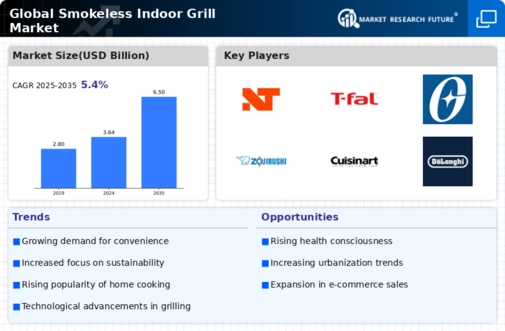
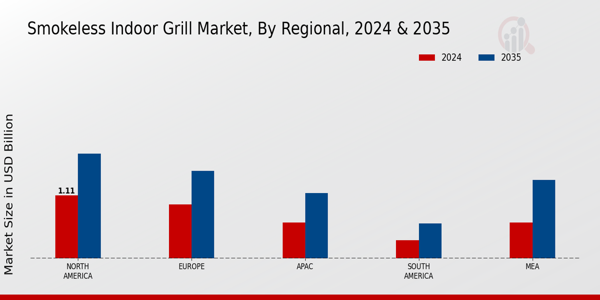

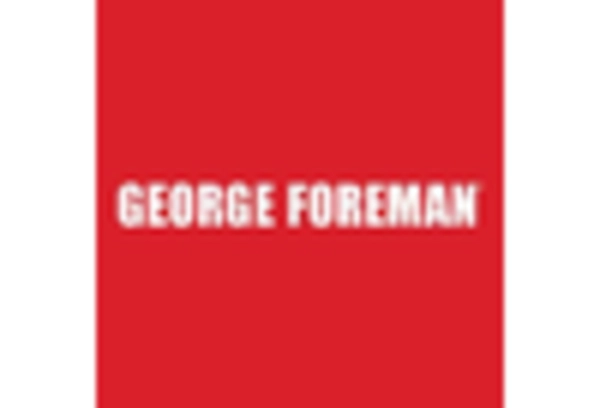
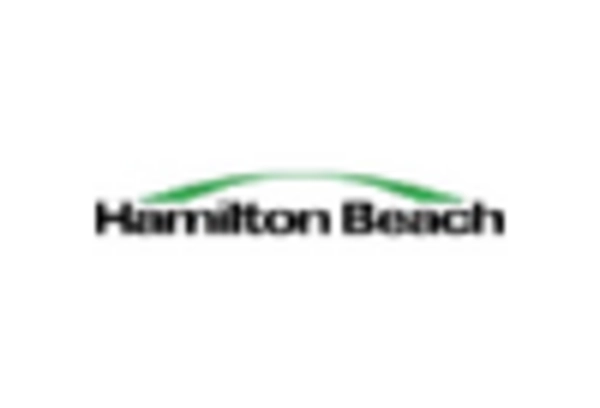
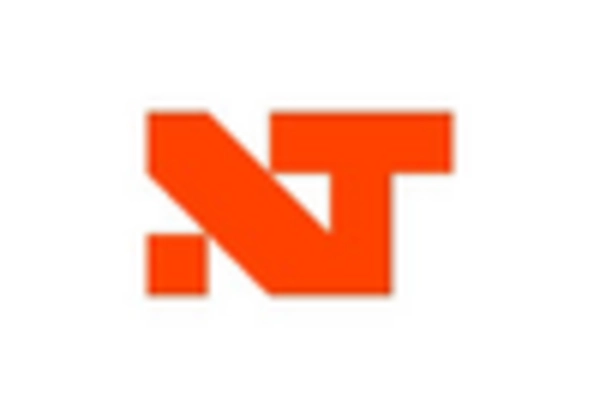

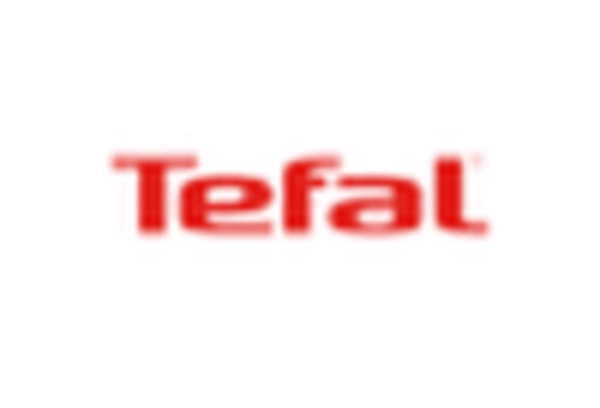








Leave a Comment